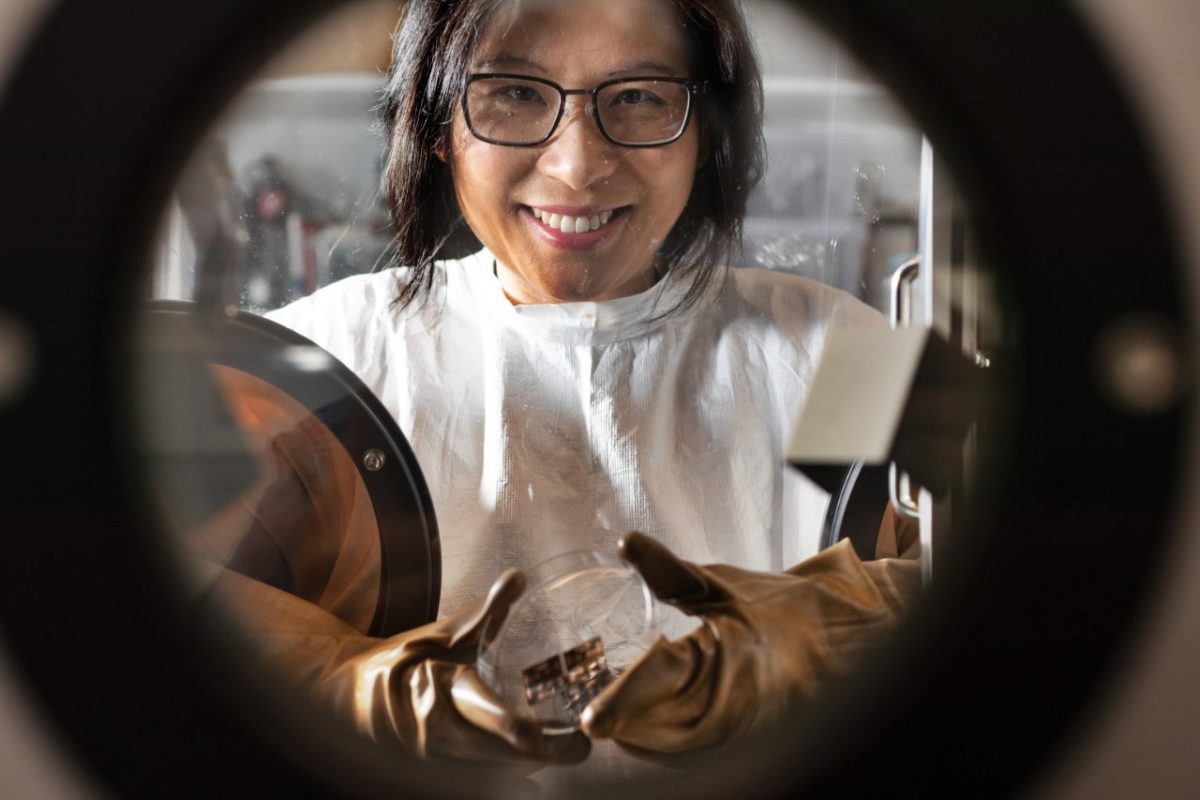The strength of applications for the Australian Renewable Energy Agency’s ultra-low-cost solar research funding round was so strong that the agency had to add AUD 1.5 million ($1.03 million) to its original allocation. The strength of competition pushed the process into 2023, but the 13 research projects aiming to achieve ultra-low-cost solar have now been awarded.
University of Sydney Professor Anita Ho-Baillie Image: University of Sydney
The notion of ultra-low-cost solar (ULCS) has been gaining traction since Australian Renewable Energy Agency (ARENA) CEO Darren Miller made it the topic of a plenary session at the 2022 All-Energy Australia conference in Melbourne. Miller positioned UCLS at the heart of the agency's new strategy, and now ARENA has announced AUD 41.5 million in funding across 13 research projects to support the research, development and commercialization of activities working to realize ultra-low-cost solar.
In his plenary address at the All-Energy Australia conference in October, Miller said that Australia's role in global decarbonization would be to “capitalize on our unfair advantage in renewable energy generation … If we can make ULCS a reality, we can dramatically and cost-effectively reduce emissions in hard-to-abate sectors … we can maintain our position as a major producer and exporter of energy products.”
To this end, ARENA's funding aligns with projects that support its “Solar 30 30 30” target for 30% module efficiency and 30 cents per installed watt at utility scale by 2030.
The funding has been awarded to researchers from the University of New South Wales (UNSW), the University of Sydney (USYD), and the Australian National University (ANU). According to the agency, the sheer strength of applications necessitated a further AUD 1.5 million in funding allocation.
“Australia’s solar researchers have helped to make solar PV the cheapest form of energy in history, but to create a future in which Australian solar energy supplies the world with clean power, fuels and products, we need to be ambitious and drive the cost of solar even lower,” Miller said.
The funding pot has been split into two streams. The first, consisting of AUD 27.5 million, is devoted to innovation in cells and modules. The second, consisting of AUD 14 million, is devoted to balance of system (BOS), operations and maintenance research.
USYD Professor Anita Ho-Baillie and SunDrive are among the recipients of funding after ARENA awarded AUD 2.78 million for a research project that seeks to improve the commercial viability of perovskite-silicon tandem solar cells. Ho Baillie described the technology, which sees perovskite stacked on top of silicon solar cells, as the “future” of solar technology.
“The idea of this stacking is to convert more energy from the sun to electrical power,” said Ho-Baillie. “The efficiency that can be achieved by a perovskite-silicon tandem in a laboratory is now over 30%, while the highest efficiency for a silicon cell on its own is just below 27% in the laboratory and around 23% commercially. There isn’t much room for silicon to improve because its theoretical limit is only 30% – but for perovskite-silicon tandem, it is 40%.”
Sydney-based SunDrive, which has attracted investment from former Prime Minister Malcolm Turnbull and Mike Cannon-Brookes' Grok Ventures, is already successful in progressing PV innovation from the lab, through to full-size commercial solar panel fabrication. SunDrive's co-founder and chief executive, Vincent Allen, described the project as “exciting” and an accelerant to the development of “more progressive solar technologies such as perovskite silicon tandems.”
UNSW Professor Bram Hoex from the School of Photovoltaic and Renewable Engineering said the funding allows UNSW and other Australian research universities “to continue to be in the driver's seat of technology development and commercialisation with an increased focus on utility-scale solar, and so driving down emissions and growing the Australian economy at the same time.”
